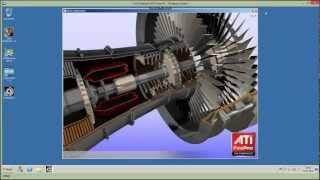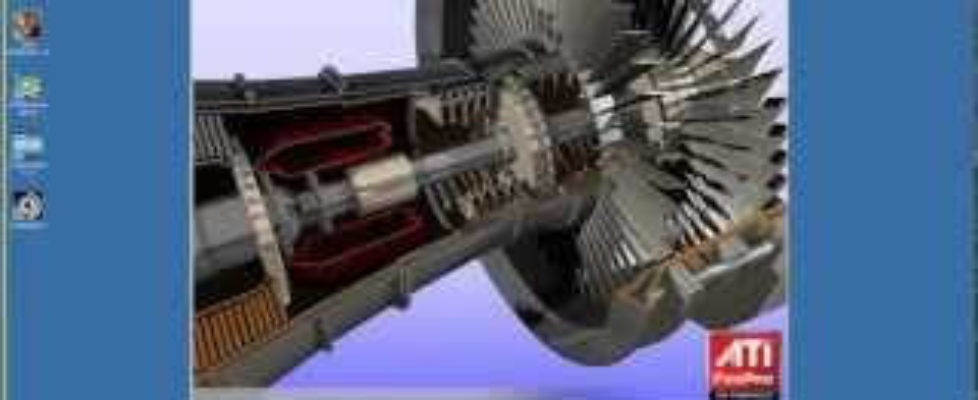OpenGL GPU Sharing Feature Add-on for XenApp 6.5 released
Applications that display 3D graphics benefit from hardware-accelerated rendering using a graphics processing unit (GPU). Hardware-accelerated rendering provides faster performance and offloads the CPU. Citrix introduced GPU acceleration and GPU sharing for DirectX-based apps (including WPF apps) with XenApp 6.x. We are now introducing GPU acceleration and GPU sharing for OpenGL-based apps.

GPU sharing has proven to be especially valuable for “second tier” users. While the most demanding 3D graphics users (such as design engineers) may require the rendering performance of a dedicated GPU, many other users are completely satisfied with the performance of a shared GPU.
HDX 3D allows graphics-heavy applications running on XenApp to render on the server’s GPU. By moving OpenGL rendering to the server’s GPU, the server’s central processing unit (CPU) is not slowed by graphics rendering. In addition, the server is able to process more graphics because the workload is split between the CPU and GPU. The XenApp 6.5 OpenGL GPU Sharing Feature Add-on requires no special settings, but is available only on servers with a GPU that supports a display driver interface (DDI) version of 9ex, 10, or 11.
This feature add-on to XenApp 6.5 enables graphics processing unit (GPU) hardware rendering of OpenGL applications in Remote Desktop sessions. This functionality can be used on bare metal or virtual machines to increase application scalability and performance. The XenApp 6.5 OpenGL GPU Sharing Feature Add-on is available for download from https://www.citrix.com/downloads. Select Product > XenApp and Download Type > Components, then select the XenApp 6.5 OpenGL GPU Sharing Feature Add-on. The Support Forum for this feature add-on is athttps://forums.citrix.com/forum.jspa?forumID=1602.
HDX 3D allows graphics-heavy applications running on XenApp to render on the server’s GPU. By moving OpenGL rendering to the server’s GPU, the server’s central processing unit (CPU) is not slowed by graphics rendering. In addition, the server is able to process more graphics because the workload is split between the CPU and GPU. The XenApp 6.5 OpenGL GPU Sharing Feature Add-on requires no special settings.
You can install multiple GPUs on a XenApp server, either by installing a graphics card with more than one GPU, or by installing multiple graphics cards with one or more GPUs each. Mixing heterogenous graphics cards on the server is not recommended.
Most users do not require the rendering performance of a dedicated GPU, so OpenGL GPU Sharing enables multiple concurrent sessions to share GPU resources. This functionality does not depend any specific graphics card. When running on a hypervisor, select a hardware platform and graphics cards that are compatible with your hypervisor’s GPU passthrough implementation. The list of hardware that has passed certification testing with XenServer GPU Passthrough is available at https://hcl.vmd.citrix.com/GPUPass-throughDeviceList.aspx. When running on bare metal, XenApp distributes the user sessions across eligible GPUs; to guarantee that all installed GPUs are eligible, use identical GPUs.
Scalability using OpenGL GPU Sharing depends on the applications being run, the amount of video RAM they consume, and the graphics card’s processing power. For example, scalability figures in the range of 8-10 users have been reported on NVIDIA Q6000 and M2070Q cards running applications such as ESRI ArcGIS. These cards offer 6 GB of video RAM. Newer NVIDIA GRID cards offer 8 GB of video RAM and significantly higher processing power (more CUDA cores). Other applications may scale much higher, achieving 32 concurrent users on a high-end GPU.
Click here to download (requires a valid citrix.com account)
Watch our demo of OpenGL GPU Sharing Feature for XenApp 6.5 here
{loadposition content_starwind600}

